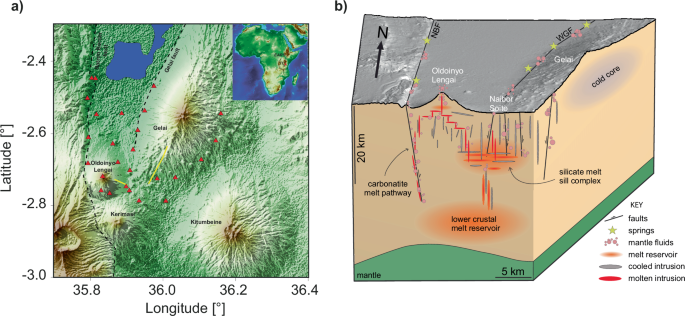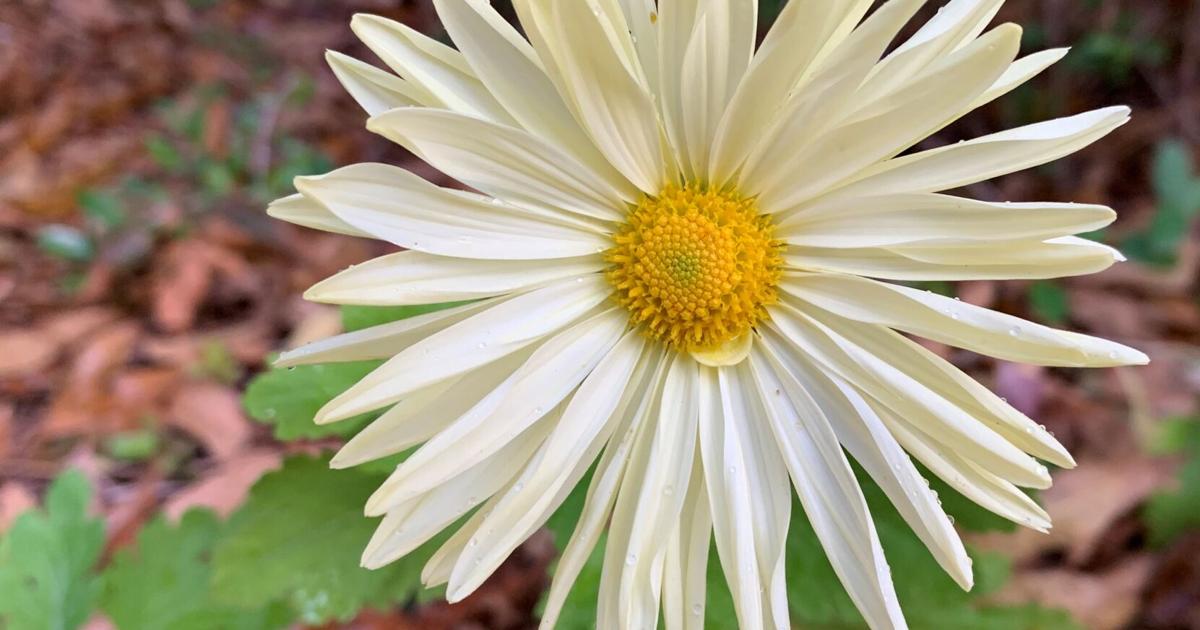Maksym Belchenko / Getty Images
Key Points
-
Leaving fallen leaves in your yard supports healthy soil and acts as free mulch.
-
Raking and removing leaves can disrupt natural nutrient cycles and increase the need for fertilizers.
-
Unless leaves are smothering grass or covering hard surfaces, skip raking to save time and benefit your garden.
I think I have spent a cumulative 100+ hours of my life raking and bagging leaves. For some people, it might be meditative. For me, it was an absolute waste of time. I would rather be inside watching Practical Magic and Hocus Pocus than outside pushing leaves around.
In the hope of being excused from raking leaves ever again, I asked garden experts if raking leaves is a waste of time or a truly worthy cause.
Meet the Expert
Is Raking Leaves a Waste of Time?
If you’re raking exclusively for aesthetic purposes and you don’t care about the health of your yard or garden, then raking might be a good use of your time. But if you want healthy soil, grass, and plants, then yes, you’re probably wasting your time.
“Whether gardeners ‘overdo’ it with autumn garden clean-up is a matter of opinion … but my view of the matter is that yes, it’s often overdone,” says Talabac, a horticulturalist with over 20 years of experience. “People may not be aware of the environmental consequences of those actions, or that other actions can be more beneficial to their garden.”
Want more gardening tips? Sign up for our free gardening newsletter for our best growing tips, troubleshooting hacks, and more!
Why You Should Leave the Leaves
Leaves self-compost and break down into organic matter thanks to the help of insects, other arthropods, earthworms, and soil microbes. As the leaves break down into small pieces and decompose, the nutrients are released, benefitting plant roots and the soil.
“Leaf litter insulates the soil from temperature extremes and slows water loss from evaporation, it discourages seed germination (useful for weed suppression) by covering-up bare soil, and it acts like a natural, mild, slow-release fertilizer,” Talabac says.
Any biodegradable mulch material does this, but leaves are abundant and free, notes Talabac, so it doesn’t make sense to spend time getting rid of it only to replace it with store-bought mulch.
Leaves are also an important habitat for plants and animals, Talabac says: “Aside from being a direct food source for some animals, it can be a foraging area and shelter.”
What Happens If You Remove the Leaves
Besides eliminating a food and shelter source for animals and organisms, removing leaves—or even grass clippings—can result in a need to use more fertilizer.
“When leaves are removed from a site, that interrupts the nutrient cycle, which is one reason why lawns that don’t have the clippings returned to the grass may rely more heavily on fertilizer to remain lush and vigorous,” Talabac says, noting the same applies to garden beds. “It’s a more natural condition to have that organic matter source be from decaying leaf litter.”
The actual act of removing the leaves (with a leaf blower or mower) could kill any animals or organisms residing in the leaves.
Is It Okay to Shred Leaves and Leave Them?
Shredding the leaves is tempting—it certainly makes the yard look less like a dead leaf repository. But it’s still not a worthwhile choice if you care about the environment and health of your yard.
“Shredding leaves speeds up their decomposition. This may be useful if the leaves are destined for a compost pile, but is otherwise detrimental to the plants and animals dependent on intact leaves,” Talabac says.
If you’re truly determined to do some yard work, shredding the leaves and leaving them in place or putting them on garden beds is less bad than bagging and removing them completely, Talabac says.
Where It’s Worth the Time to Rake
Our horticultural expert had no problem with removing leaves from hard surfaces like sidewalks and patios. You can even remove them from turf grass if you have a particularly thick layer of leaves.
“Turfgrass won’t tolerate too much shade (and the resulting air circulation) from a leaf layer that’s too thick,” Talabac says.
Ideally you’d put those leaves on a nearby garden bed with plants that would appreciate the decaying leaves. Another good choice would be to shred them on the lawn, says Talabac, so the finer pieces decompose on the soil without shading the grass.
One other instance where it might be worth it to rake is in garden beds where plants do not usually have leaf mulch around their crowns in their native grown habitat. Creeping phlox, for example, is not found in habitats in the wild where fallen tree leaves would accumulate around them.
The One Risk of Leaving the Leaves
Besides harboring beneficial organisms, leaves can also be a home to pests and diseases.
“This is simply the trade-off that a gardener needs to accept if you want to keep the leaves, as the benefits of doing so usually outweigh any of the risks,” Talabac says.
Read the original article on The Spruce







-1758534154419.webp)
:max_bytes(150000):strip_icc():focal(749x0:751x2)/miley-cyrus-1-092225-f61469454c564525b1b8cd62e9d15c07.jpg)
